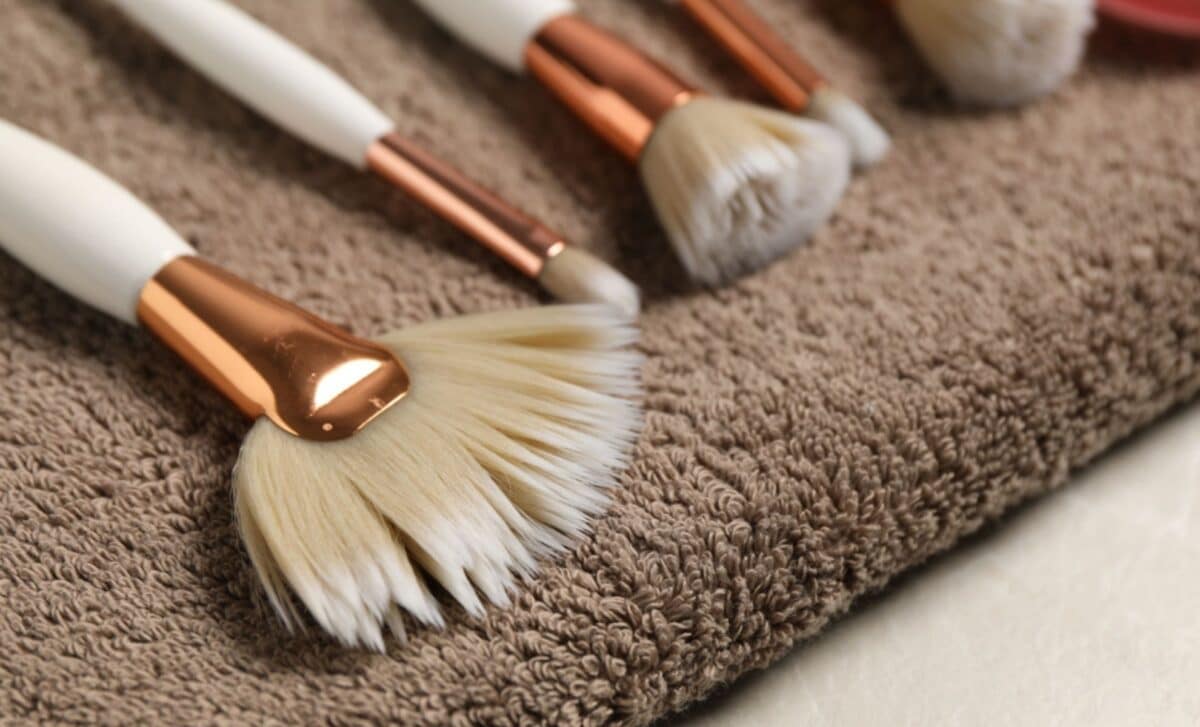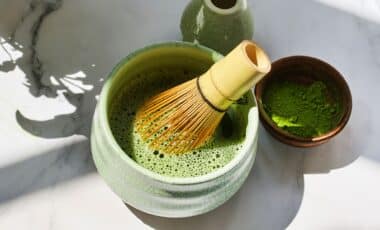Regularly cleaning your makeup brushes may not be the most thrilling task, but it’s one of the most important for anyone who uses beauty products frequently. Behind the bristles lies a reality most people overlook, one that could quietly ruin your entire skincare routine. What starts as a harmless habit might be hiding more than just leftover pigment.
Weekly Wash For Liquid Product Brushes
Brushes used with liquid formulas like foundation, concealer, and cream contour tend to accumulate bacteria more easily. These products tend to coat bristles more heavily, trapping in not just pigment but also dead skin cells, oils, and environmental grime. When left unwashed, these residues become a breeding ground for microorganisms that can irritate the skin and cause acne or rashes like dermatitis.
Experts recommend washing these tools once per week. “Dirty makeup brushes can cause a variety of skin problems, including acne and rashes such as dermatitis,” says the American Academy of Dermatology Association.
I Tried Hanging Eucalyptus In My Shower — And I’m Never Going Back
Monthly Minimum For Powder Brushes
If you use them primarily for powder-based products, such as powder blush, setting powder, or eyeshadow, the timeline for cleaning can be slightly more flexible. These applicators should ideally be desinfected every two to four weeks, depending on how frequently they’re used. That said, even occasional users should aim for a monthly wash at minimum, especially because powder particles can still trap skin oils and airborne dust, compounding the problem over time.
The good news is that powder brushes are typically easier to clean and dry faster. But they are not exempt from the same rules of purity, especially considering how easily germs can spread from brush to product and back again.
Makeup Sponges Are No Exception!
Makeup sponges, especially those used for blending liquid or cream products, deserve just as much attention. These porous tools absorb a significant amount of product and moisture, which makes them an ideal environment for bacterial growth. “Sponges are more likely to harbor bacteria than brushes because they are used wet, which creates an ideal environment for bacteria and fungus to thrive,” explains Dr. Hadley King, A board-certified dermatologist with expertise in both medical and cosmetic dermatology.
The guideline here is also once per week, mirroring the schedule for liquid brushes. Despite being soft and flexible, sponges can harbor hidden grime beneath the surface, often going unnoticed until skin irritation appears.
The Right Way To Clean Your Tools
Start with a gentle foaming cleanser, either brush-specific or a mild dish soap. Use a nickel-sized amount, add water, and gently massage the bristles in your palm. Rinse thoroughly with warm water, squeeze out excess moisture, and lay them flat, with the head slightly over the edge to help them dry faster and keep their shape.
Avoid storing damp brushes upright, as water can seep into the handle and cause bristle shedding or even mold. A bit of air-drying patience ensures your tools stay in good shape longer and ready for the next flawless application.







